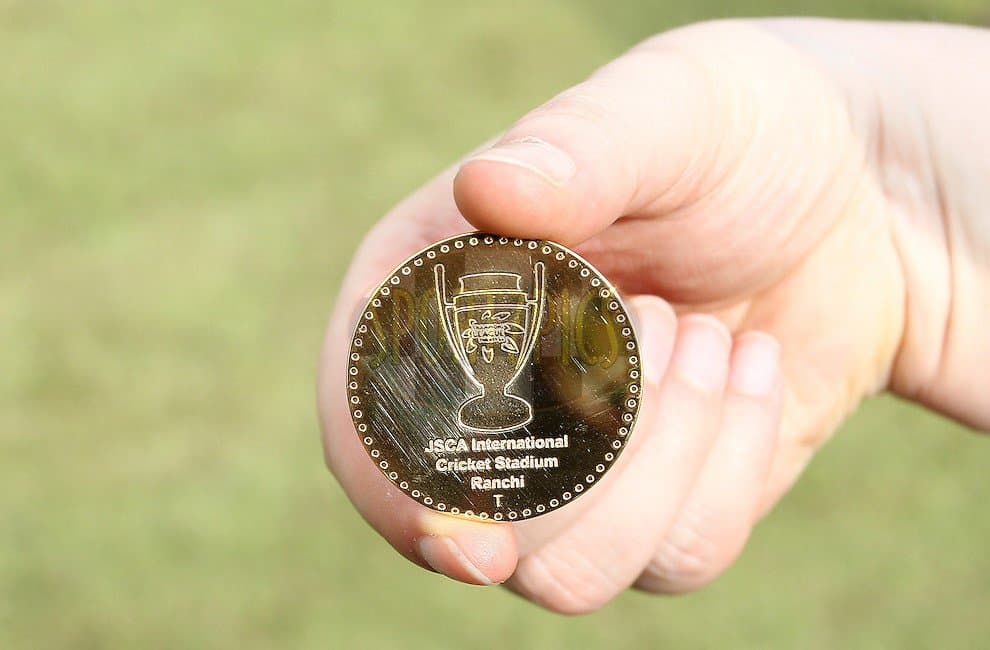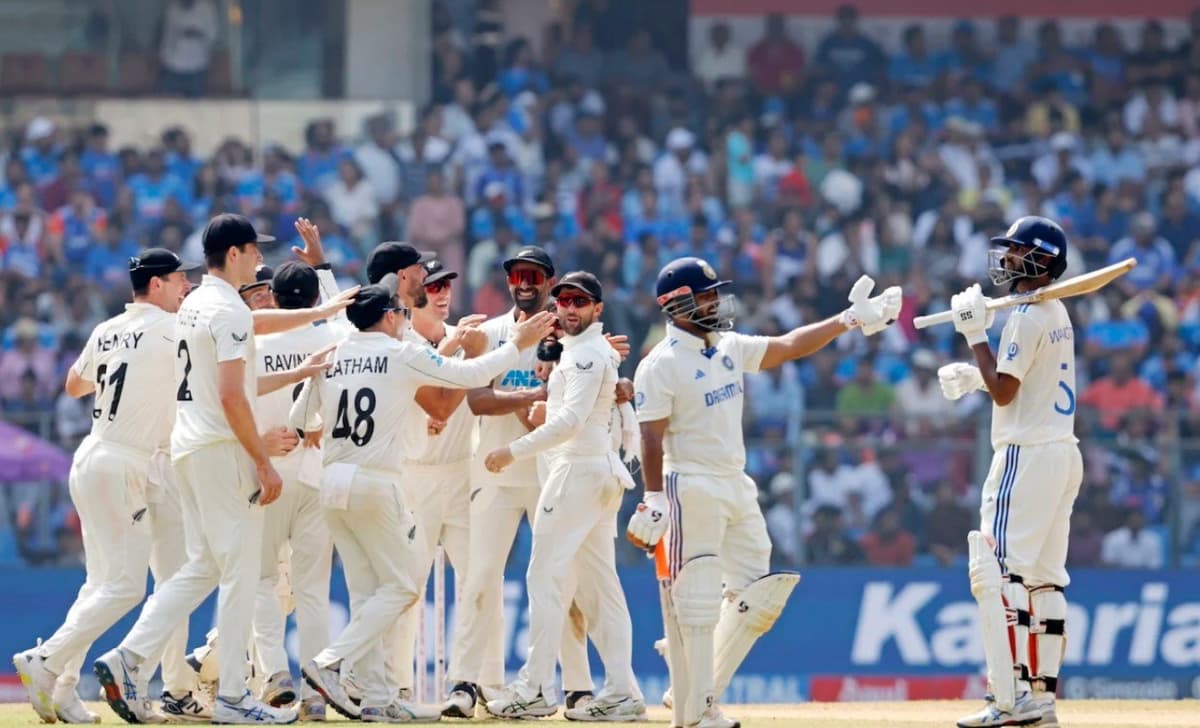One of the most iconic traditions in cricket is the coin toss, but have you ever wondered which coin is used for the toss in cricket? In this article, we’ll explore the history of the coin toss and the types of coins that are used in cricket matches.
History of the Coin Toss in Cricket

The origins of cricket date back to 1744, when the first laws of the game were written. According to these early laws, the winning captain of the toss would choose which pitch to use and decide whether to bat or bowl first. This system remained in place until 1809 when the rules were revised, and umpires were given the responsibility of choosing the pitch. The winning captain, however, would still decide whether to bat or bowl first.
ALSO READ: The coin is used for the toss in cricket can vary depending on the nature of the game. In domestic matches that don’t have international significance, a regular money coin is typically used. However, the coin must have a clear heads side and a tails side. The Toss in Cricket is an essential part of international matches, and it typically involves the use of an official coin from the cricketing body that is hosting the game. This is the case for formats like Test matches, One-Day Internationals (ODIs), or T20 Internationals (T20Is). In certain instances, especially during prestigious tournaments such as the World Cup, one side of the coin may feature the logo of the tournament, adding to its significance. For some tournaments, like the Indian Premier League (IPL), the toss in cricket even gets more exciting with specially designed coins. These unique coins, created specifically for the tournament, have gained immense popularity among fans. Over time, certain coins have become collector’s items and have fetched high prices at auctions, thanks to cricket’s widespread popularity in India. The coin toss plays a surprisingly important role in determining the outcome of a match. Let’s look at the statistics: In conclusion, while the coin toss might seem like a simple ritual, it has a surprising influence on the outcome of a match. READ MORE: 
How Important is the Coin Toss in Cricket Match?








